Multiple Nexus devices could be a game-changer for Google and Android
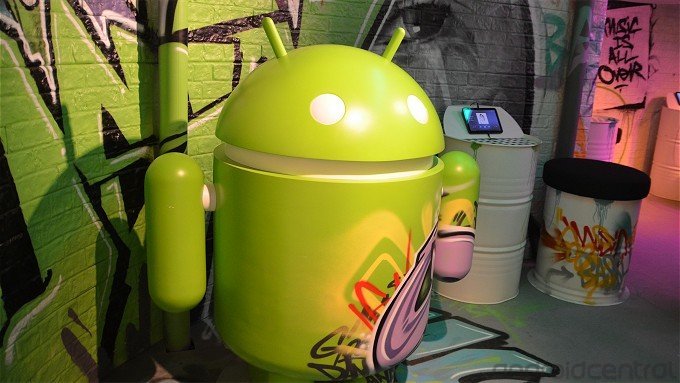
We don’t often present entire articles of opinion on unconfirmed rumors here at Android Central, but the report this week concerning Google’s Nexus plans is a doozie. According to the Wall Street Journal, Google is dramatically altering the nature of its Nexus program, bringing up to five manufacturers on board this year, with the aim of launching multiple Nexus devices with the next version of Android in late 2012. Oh, and this lineup will apparently include tablets as well as phones.
Google isn’t commenting officially, and the reports will likely remain the focus of fervent speculation as we approach Nexus season later in the year. But for the purposes of this article, let’s assume they’re true, and that Google will indeed work with different hardware partners in order to launch up to five Nexuses around Thanksgiving.
To Android fans, it sounds like a dream offering -- more variety and choice in hardware when it comes time for a new version of their favorite OS. And more opportunities to get the very latest version of Android -- pure, vanilla Android, unmolested by custom user interfaces or carrier-mandated crapware. And as Android users ourselves, we’re sure that if this does come to pass, it’ll be an overwhelmingly positive development for everyone who buys an Android smartphone. It’s an opportunity for Google to get new versions of its OS out to consumers faster than ever, on varied hardware, in more markets than would be possible with just one hardware partner. And having multiple phones in different markets with the same excellent vanilla Android experience will help Google to better establish stock Android among the other major flavors of the OS.
But a multitude of challenges will face Google and its new Nexus partners as they prepare the next generation of Android phones and tablets. First of all, let’s look at why Google’s (probably) doing this. The original WSJ article points to concerns from manufacturers that Google may look to prop up the loss-making Motorola, which it's nearly done acquiring, by giving it privileged access to Android code at the expense of other phone-makers. (For its part, Google's Andy Rubin has said said this wouldn't happen.) Google’s desire to placate its hardware partners is undoubtedly a factor. As are the company’s ambitions to establish itself as a hardware vendor through its “Play” Store. But it’s also a way for Google to remedy some of the ailments currently afflicting its mobile platform.
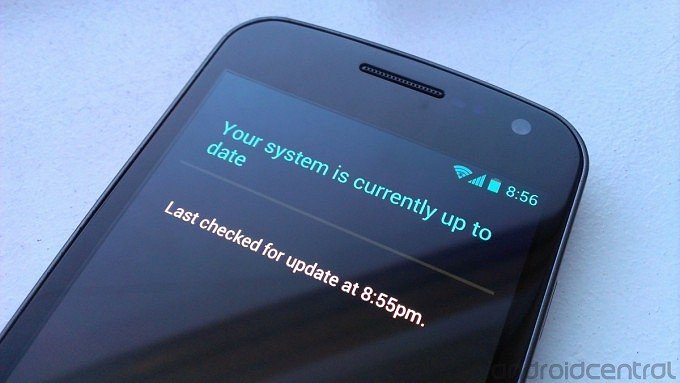
Fixing the broken updates process
The first of these is the Android updates situation. As you may have noticed if you’re among the almost two-thirds of Android owners running Gingerbread, manufacturers suck at pushing out updates. Maybe it's solely their fault, or maybe the blame falls on the carriers (especially in the U.S.). Regardless, we’re almost halfway through 2012, more than six months since Android 4.0 Ice Cream Sandwich was open-sourced following the international Galaxy Nexus launch. And yet the latest and greatest version of the OS languishes near the bottom of the Android market share charts with a dismal 5 percent of active devices.
That’s partly down to the slow arrival of new phones running ICS out of the box -- we’ve really only seen the first wave of proper Android 4.0 phones in the past month or so. But updates to ICS have been even slower -- delayed rollouts and broken promises leave many 2011 flagships on the rapidly-aging Android 2.3 Gingerbread. Both issues can be attributed to the huge amount of time and effort it takes to update a phone -- customized features and all -- from one major version of an OS to another. This is exacerbated by the fact that if you’re not the Nexus manufacturer, you don’t get Android code any earlier than the general public. That means work on ICS updates (or ICS-based firmware for upcoming phones) can’t start until the Nexus has already shipped.
Google can’t fail to have noticed that Android phone owners are crying out for updates -- its many enthusiasts’ number-one gripe with the platform. And it’s easy to see how bringing the big five Android manufacturers (say, HTC, Samsung, Sony, LG and Motorola) into the Nexus program could allow them to work on pushing new versions out faster. The manufacturers would have access to the code during development, allowing software engineers to get their heads wrapped around the major changes months in advance of the Nexus launch. This extra time getting to know the new Android code base could be invaluable in reducing the 5- to 8-month waits faced by owners of existing devices. The counter-argument here is that Samsung, as a two-time Nexus-maker, still struggles to get updates out in an acceptable period of time. But we think that the natural competition among the members of team Nexus will lead to a faster roll-out of updates regardless.
Be an expert in 5 minutes
Get the latest news from Android Central, your trusted companion in the world of Android
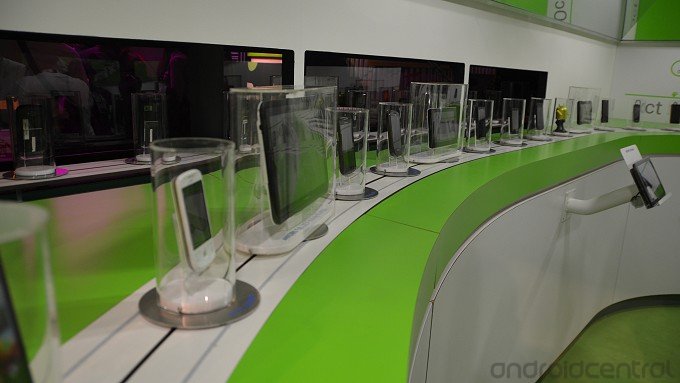
Getting 'Pure Google' into more hands
Another significant issue for Google is that so few Android users get to experience the software in its true, untainted form. Sure, we’ve talked at length about how some manufacturer UIs build upon the vanilla Android experience in a very positive and tangible way (hey there, HTC Sense 4). But the work of Matias Duarte and his team shouldn’t be confined to just one phone per year -- Google’s put a lot of effort into the sleek, sumptuous minimalism of stock ICS, and it deserves to be in front of more consumers.
HTC has countless phones running its Sense software. Samsung has TouchWiz, Motorola has Blur, and so on. By bringing multiple vanilla Android phones to market, Google can establish the stock experience as major player alongside all those manufacturer-customized handsets. Right now it struggles to do that, because aside from a few budget devices, everyone wants to put their own spin on Android. Nexus phones will continue to be the handsets of choice for hardcore smartphone nerds, but more variety in hardware will help bring in more mainstream buyers, and that can only be a good thing.
But if Google wants its multi-Nexus plans to succeed, it’ll have to pull off a fine balancing act. Too many restrictions on hardware, and the choice between devices becomes meaningless. Too few, and the process of pushing out updates and maintaining parity across the Nexus line becomes a logistical nightmare. We think it’s most likely that Google will limit upcoming Nexus phones single chipset -- Snapdragon and OMAP are both good bets, but don't forget that Intel's lurking, as well. Other internal hardware will probably be subject to a looser set of guidelines. (These kind of hardware rules would also deny critics an opportunity to play the “fragmentation” card.)
If it were to go about things this way, Google might end up taking a page from Microsoft’s playbook. Many contemporary Windows phones sport very similar, if not identical internal hardware. The main differentiators in the Windows Phone world are size, screen, camera and build quality. The software is virtually identical across the entire product line, which is presumably what Google’s aiming for with its upcoming Nexus phones. It’s true that in doing this Google would be exerting stricter control over Android, by dictating who gets early access to code and what they can do with it on their Nexus. But it’d do so in a quintessentially Google way, by giving consumers more choice, and open-sourcing the final product for developers all over the world.
Just like community developers, manufacturers won’t be limited in what they can do with the code for Android “Jelly Bean” (or any future version) once it’s open-sourced. So we’ll still get new Sense and TouchWiz phones in the months after the Nexus releases. But a multi-manufacturer approach could be restrictive in other ways. In developing Nexus devices with the big five Android manufacturers, Google effectively creates an elite club of approved OEMs. And this in turn could further entrench the big five’s position within the Android pecking order.
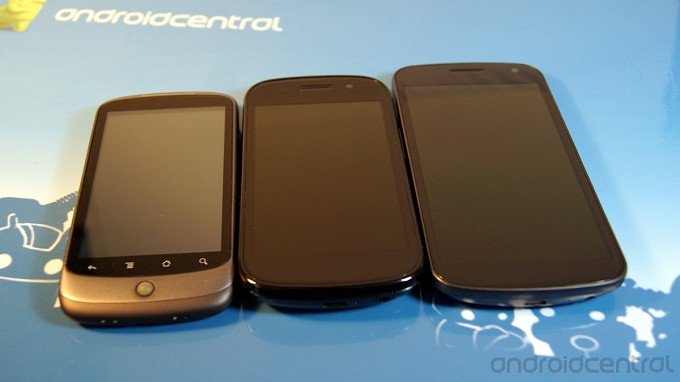
Early access to Android code could give those top manufacturers an unfair advantage over smaller players, as they prepare both legacy and next-gen devices for the next version of the OS. Take Huawei, for example. Assuming it's not in the Nexus club, it'll get the code once it’s open-sourced, just like amateur devs. At that point the Nexus manufacturers already have months of experience with the new version of Android, giving them crucial time to prepare the next year’s flagship products with Jelly Bean in mind. By contrast, non-Nexus OEMs would be left playing catchup.
In addition, Google would sacrifice the idea of a single “hero” phone for the Android platform. For each version of the OS since Eclair, there’s been a clear choice for those looking for the latest updates and a true Google experience, fresh from the kitchens of Mountain View. But imagine if alongside your Galaxy Nexus II (or whatever it’s called), you also have a Sony Xperia Nexus, Motorola Droid Nexus, LG Optimus Nexus and an HTC Nexus One X. The result could be (even more) bafflement among consumers, particularly if they all launch around the same time, sporting identical software. I can tell you right now that if this all pans out, you’ll find a “which Nexus is right for me” article here on AC within days of the launch. And we’d expect some vigorous forum discussions about which one is the best. The trick for Google will be selling the Nexus line as a whole to the average consumer, while dealing with individual Nexus partners who’ll want to champion their own device.
Or in a single sentence: If everyone has a Nexus, what makes it special?
More than just handsets
Beyond smartphones, it’s worth considering where “Nexus” tablets will fit into the equation. Rumors of a Google-branded, vanilla Android tablet are nothing new, and in recent months these have crystallized around a likely low-cost, 7-inch tablet from ASUS (and a likely announcement at this year’s Google IO). But with reports of code for a dual-core Exynos 5 tablet from Samsung appearing on Google’s git repository, it’s possible we may see more than one Nexus tablet in San Francisco next month. And this would fit perfectly with the wider Nexus strategy that the WSJ is reporting. But questions remain about how Google plans to tempt buyers away from the undisputed tablet king, Apple’s iPad. Will it compete on price, specs or functionality? If ASUS’s 7-inch tablet is to be the budget offering, could we see something a little more high-end from Samsung? And what will Google offer on the software side besides “just another Android tablet?” We’ve raised this question before, and we’ll have to see what answers Google offers later in the year. We'll also be watching to see how the efforts to reboot Google TV play out, and how the "home entertainment" device that's rumored to be in testing extends this connected experience beyond the TV.
Following the launch of the Galaxy Nexus on the Google Play Store a few weeks back, we’d have been surprised if future Nexuses weren’t immediately offered for sale online, as it was back in the days of the Nexus One. So we fully expect unlocked Nexus phones and tablets to appear for sale on Google Play, just as the WSJ claims. And we certainly hope that Google’s competitive pricing of the Galaxy Nexus is a taste of things to come.
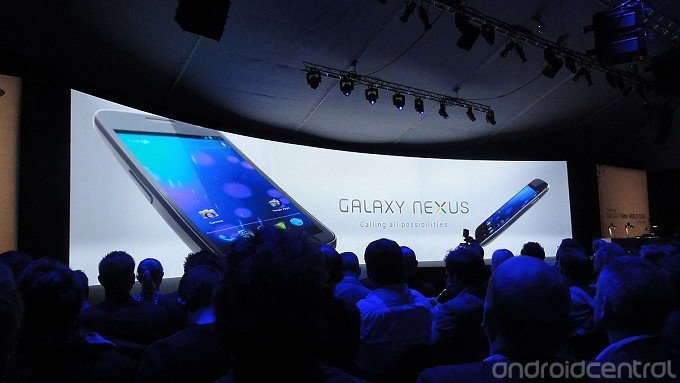
The WSJ article also indicates that Google wishes to claw back some control from the carriers (particularly U.S. carriers) with its new Nexus approach. But the company can’t afford to cut traditional retailers and network operators out of the equation -- it learned that lesson with the Nexus One, and the failure of the original Google phone store. So networks and brick-and-mortar stores will continue to play an important role. We'll certainly find some of these upcoming Nexus phones offered on-contract, just as they always have been. If Google and its partners do offer up to five Nexus phones, though, it might be overly ambitious to expect every variant to appear in every country. But at the very least you’ll have a choice in how your take your Nexus. And that’s got to be an improvement upon last year’s shambolic U.S. Galaxy Nexus launch.
So there's plenty to get excited about. More vanilla Android devices from different hardware partners. The potential emergence of a proper Nexus tablet line-up. As tantalizing as all this is, however, let's remember that we're still speculating here. Nevertheless, a write-up in the Wall Street Journal is a far cry from your average Internet rumor. And if even half of this stuff turns out to be true, 2012 is going to be a very interesting year indeed for Android -- perhaps a year that will change the way people think about the platform.

Alex was with Android Central for over a decade, producing written and video content for the site, and served as global Executive Editor from 2016 to 2022.
